As we approach the end of 2020, it is important for an employer to examine trends and reflect on current data that helps to inform a drug-free workplace policy and alcohol and drug screening program. One trusted source for information about alcohol and drug use in the United States is the National Survey on Drug Use and Health (NSDUH).
Sponsored by the Substance Abuse and Mental Health Services Administration, the NSDUH is an annual survey of self-reported substance use by Americans aged 12 years old or older. The survey gathers information on alcohol and illicit drugs which includes marijuana, cocaine, heroin, hallucinogens, inhalants, methamphetamine, prescription pain relievers, tranquilizers, stimulants, sedatives, and now kratom.
Latest NSUDH survey data
The annual report looks at changes in society, mental health
indicators, and emerging issues that include substance abuse and initiation, perceived
risk from drug and alcohol misuse, substance use disorders, and treatment. Some
key points from the most recent data include:
- Americans using illicit drugs increased from 47.7 million in 2015 to 57.2 million in 2019.
- Marijuana continues to reign as the most commonly used illicit drug followed by prescription pain relievers.
- People who reported using marijuana in the past year increased from 25.8 million in 2002 to 48.2 million in 2019.
- Past month marijuana use and daily or almost daily marijuana use has significantly increased in adults ages 26 and older.
- In 2019, 10.1 million Americans misused opioids in the past year. More specifically, most of that total (9.7 million) misused prescription pain relievers. According to the NSDUH, prescription pain relievers include products containing hydrocodone, oxycodone, tramadol, codeine, morphine, prescription fentanyl, buprenorphine, oxymorphone, and hydromorphone, and methadone.
- Past year cocaine use varies but decreased to 5.5 million Americans in 2019.
- Two million Americans used methamphetamine in the past year and the data also revealed a upward trend of methamphetamine use in adults 26 years and older.
- Adolescents using LSD, a hallucinogenic drug, significantly increased in the past year.
- Kratom, an herbal extract with psychoactive effects, was used by 825,000 Americans in the past month.
- Among the 139.7 million current alcohol users, 65.8 million people (47.1%) reported past-month drinking meeting the criteria for binge drinking, defined as 5 or more drinks on the same occasion for men and 4 drinks for women.
- Substance use and mental disorders are also closely linked.
- The survey says 4.2 million Americans sought treatment for alcohol or illicit drug use in 2019, similar to prior years, but reports a greater perceived need for treatment.
- Dr. Elinore F. McCance-Katz emphasized in her presentation that the data are pre-COVID-19 and that negative mental health effects due to the pandemic are already being seen.
Drug use in the American workforce
As data from the NSDUH examines self-reported drug use by Americans, the Quest Diagnostics Drug Testing Index™ for the same time period also showed workforce drug positivity hit a sixteen-year high in our country. Marijuana positivity climbed by double digits across nearly all employee testing categories, while opiate and heroin positivity declined. Additionally, methamphetamine positivity in the general U.S. workforce testing increased nearly 12% over the past 5 years.
Download the latest Quest Diagnostics Drug Testing Index report.
Read the full National Survey on Drug Use and Health 2019 report.
For more information about drug testing, visit our website or connect with us online.
 Your Privacy Choices
|
Privacy Notices
|
Terms
|
Language Assistance / Non-Discrimination Notice | Asistencia de Idiomas / Aviso de no Discriminación | 語言協助 / 不䈚視通知
Your Privacy Choices
|
Privacy Notices
|
Terms
|
Language Assistance / Non-Discrimination Notice | Asistencia de Idiomas / Aviso de no Discriminación | 語言協助 / 不䈚視通知
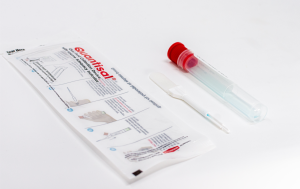
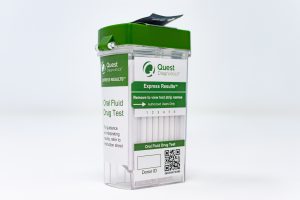
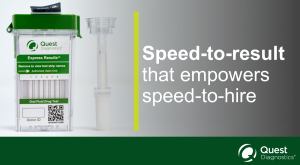
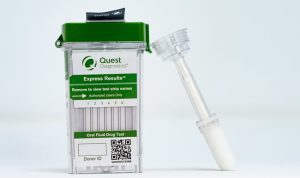


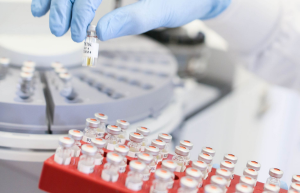

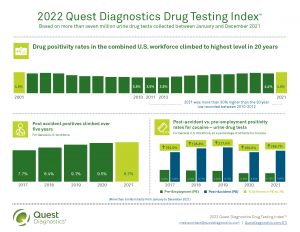




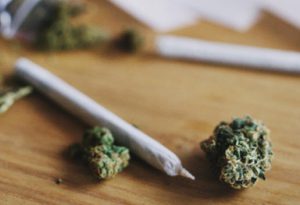





As we approach the end of 2020, it is important for an employer to examine trends and reflect on current data that helps to inform a drug-free workplace policy and alcohol and drug screening program. One trusted source for information about alcohol and drug use in the United States is the National Survey on Drug Use and Health (NSDUH).
Sponsored by the Substance Abuse and Mental Health Services Administration, the NSDUH is an annual survey of self-reported substance use by Americans aged 12 years old or older. The survey gathers information on alcohol and illicit drugs which includes marijuana, cocaine, heroin, hallucinogens, inhalants, methamphetamine, prescription pain relievers, tranquilizers, stimulants, sedatives, and now kratom.
Latest NSUDH survey data
The annual report looks at changes in society, mental health indicators, and emerging issues that include substance abuse and initiation, perceived risk from drug and alcohol misuse, substance use disorders, and treatment. Some key points from the most recent data include:
Drug use in the American workforce
As data from the NSDUH examines self-reported drug use by Americans, the Quest Diagnostics Drug Testing Index™ for the same time period also showed workforce drug positivity hit a sixteen-year high in our country. Marijuana positivity climbed by double digits across nearly all employee testing categories, while opiate and heroin positivity declined. Additionally, methamphetamine positivity in the general U.S. workforce testing increased nearly 12% over the past 5 years.
Download the latest Quest Diagnostics Drug Testing Index report.
Read the full National Survey on Drug Use and Health 2019 report.
For more information about drug testing, visit our website or connect with us online.